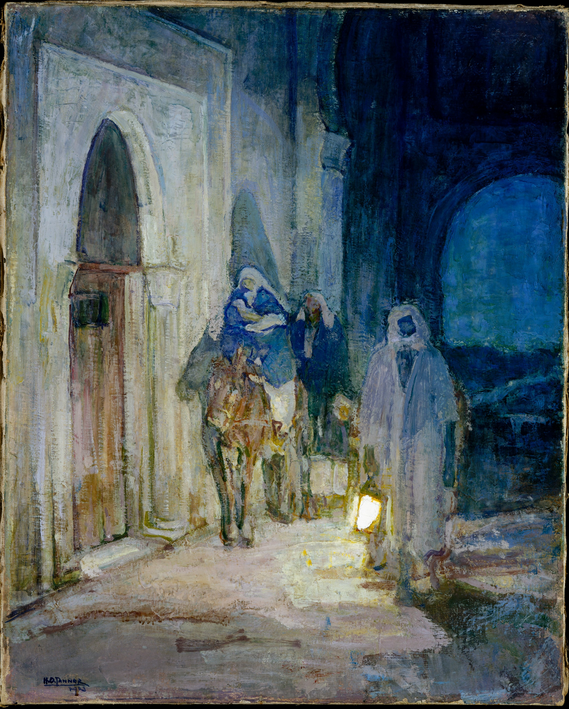August tends to be a slow time throughout the art market, but there were some interesting stories in the news nonetheless. From the changing strategies of galleries and dealers in the face of new market realities, to a couple of interesting Old Master issues, there is a lot to learn about both old and new in the field. Read on to see links to this month's five selected top stories along with short blurbs to accompany them.
- David Zwirner appoints curator-cum-Instagram-influencer as its first online sales director—why?
by Margaret Carrigan via the The Art Newspaper (August 3)
Carrigan explores the Zwirner's decision to add Elena Soboleva, a self-described "curator, innovator and global art adventurer" to head their online sales. Zwirner is one of the largest galleries in the world, and has seen a huge increase in sales via online in recent months. As they look to corner this market and improve on their strategies in the space, it made sense to reach out to an expert with a following of her own. This posting is likely a harbinger of changes to come at other galleries looking to bolster their digital footprint.
- Sotheby’s Posts $57.3 M. Net Income for Second Quarter of 2018, Down 26 Percent from Same Period Last Year
by Annie Armstrong via Art News (August 6)
Although overall, Sotheby's saw a steep decline in income from the same period last year, company officials pointed to a bookkeeping issues related to Asian sales to underscore that overall sales remained strong. In Asia, sales were actually up 15% overall which points to the future of the market to some extent. The financial health and sales strength of leading auctioneers like Sotheby's, Christie's, etc. is indicative of the broader condition of the market.
The Strategies Art Dealers Use to Discount Artists’ Work
by Anna Louie Sussman via Artsy (August 20)
Discounts are a regularly used tactic throughout the gallery market and one that remains controversial. Many good collectors insist on discounts while artists tend to push back against them. Sussman's article does a great job of bringing together a nice array of sources in different positions in the field to learn more about strategies behind this practice as well as opinions of it. A great read for artists and gallery professionals alike.
Italy Revokes Export License for Frick Collection’s First Painting Acquisition in Decades
by Staff via Artforum (August 24)
The Frick Collection, one of the great private-turned-public collections in the world, recently made its first painting acquisition in years. Now this purchase of a full length portrait of Prince Camillo Borghese by François Gérard is in jeopardy as the Roman culture ministry responsible for approving export permits has reneged on its initial 'ok' on the grounds that the gallery where the painting was purchased did not fully complete their paperwork and left out important details about the piece. This is a great illustration of just one of many potential pitfalls of acquiring Old Masters in Europe and it will be an important story to follow especially if it heads to arbitration in the Italian courts.
A large Artemisia Gentileschi painting is coming to auction for the first time ever.
by Benjamin Sutton via Artsy (August 28)
Gentileschi is one of the great women artists of the Baroque period, and has seen a renaissance in interest over the last decade or so. The Dorotheum, the great Viennese auction house, will offer a painting of Lucretia by the artist featuring a pre-sale estimate with a high end over $800,000. Of course compared to other Old Master pictures this may not seem like a huge sum but it is significant. Sutton notes that the National Portrait Gallery acquired a self portrait of the artist as Saint Catherine last month for over $4millon. Lucretia will be sold at auction for the first time on October 23 after more than a century in a private collection. It will be interesting to see how the market reacts.







